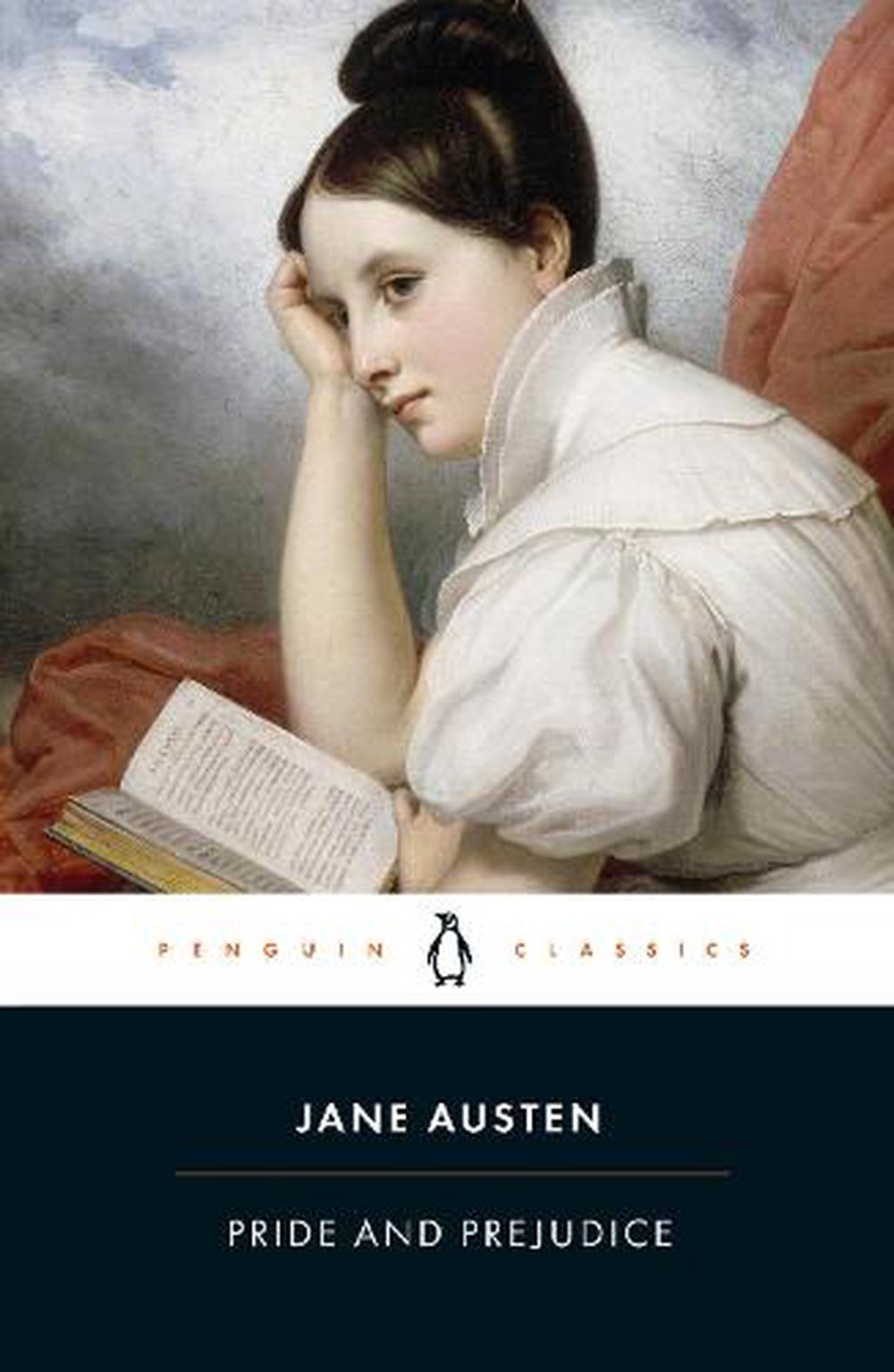


The most prosperous landowners also kept a town home in London, the social and political center of England, and lived there during the social season, January through July. The families owning the largest of these hereditary estates, which varied in size but averaged about 10,000 acres, drew incomes sufficient to construct great parks and manors, purchase fashionable goods, retain servants and livery (horses and carriages), and meet other expenses related to keeping a country home. The land would be leased to tenants for farming, and the landowning families would live entirely off of the income generated by these leases. 10,000 a Yearįrom the 16th well into the 19th century, respectable wealth in England was accumulated primarily through the ownership of land. A little familiarity with these sweeping historical trends can lend some context to Austen’s domestic fictions, but perhaps more helpful is an understanding of the particular details of daily life during the Regency period life as faced by Austen and so many of her fictional characters.


It saw the dawn of the Industrial Revolution, the shift from Enlightenment to Romantic trends in arts and letters, and the first whispers of feminist and abolitionist concerns in Western Europe. The Georgian era into which Jane Austen was born, characterized for Britain by almost constant warfare abroad, was in many ways a transitional period. Closer to Austen’s home, Great Britain combined with Ireland to become the United Kingdom, the slave trade was abolished by Parliament throughout the British empire and King George III, driven to apparent madness by what historians now suspect to have been a rare hereditary metabolic disorder, was replaced in his duties by his son, the Prince Regent, later to become King George IV. Between 1797, when a young Jane Austen began work on what would become Pride and Prejudice, and 1813, when the novel was published, the French Revolution was fought, Marie Antoinette was guillotined and Napoleon rose to power and conquered most of Western Europe.


 0 kommentar(er)
0 kommentar(er)
